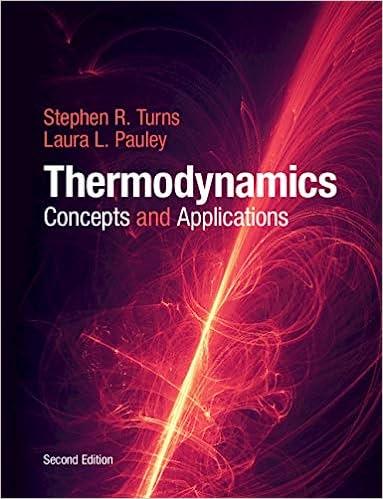Answered step by step
Verified Expert Solution
Question
1 Approved Answer
Introduction The complex is obtained if aluminate is treated with oxalate 2Al+2OH+6H2O2[Al(OH)4]+3H2[Al(OH)4]+3H2C2O4[Al(C2O4)3]3+4H2O+2H+ Procedure Place 1g of aluminum shavings into a beaker, Cover with about 15cm3

Introduction The complex is obtained if aluminate is treated with oxalate 2Al+2OH+6H2O2[Al(OH)4]+3H2[Al(OH)4]+3H2C2O4[Al(C2O4)3]3+4H2O+2H+ Procedure Place 1g of aluminum shavings into a beaker, Cover with about 15cm3 of water and add slowly, a solution of potassium hydroxide (30cm3,20%). Vigorous effervescence occurs and additions must only be made when the initial reaction has ceased. After adding let the alkali boil to complete dissolution. Filter the solution and add portions of oxalic acid ( 14g in all) to the hot solution. Filter hot, cool and add ethanol (50cm3). Further cooling and scratching the side of the beaker may be necessary to complete formation of the fine white needles. Wash crystals with ethanol and dry by suction on a Buchner. Dry and weigh the product. Calculate the percentage yield. 1. What causes Vigorous effervescence in the above reaction? 2. Why could it be necessary to scratch the side of the beaker for crystals to form? Qualitative Tests (This exercise should be presented in a table: test, observations, and deductions) 1. Investigate the effect of the following reagents on a solution of the product. (i) Sodium Hydroxide (4moldm3) (ii) Sodium acetate (boil) (iii) Sodium phosphate solution 2. Compare the results with those obtained when a simple aluminum salt is treated with the same reagent. Introduction The complex is obtained if aluminate is treated with oxalate 2Al+2OH+6H2O2[Al(OH)4]+3H2[Al(OH)4]+3H2C2O4[Al(C2O4)3]3+4H2O+2H+ Procedure Place 1g of aluminum shavings into a beaker, Cover with about 15cm3 of water and add slowly, a solution of potassium hydroxide (30cm3,20%). Vigorous effervescence occurs and additions must only be made when the initial reaction has ceased. After adding let the alkali boil to complete dissolution. Filter the solution and add portions of oxalic acid ( 14g in all) to the hot solution. Filter hot, cool and add ethanol (50cm3). Further cooling and scratching the side of the beaker may be necessary to complete formation of the fine white needles. Wash crystals with ethanol and dry by suction on a Buchner. Dry and weigh the product. Calculate the percentage yield. 1. What causes Vigorous effervescence in the above reaction? 2. Why could it be necessary to scratch the side of the beaker for crystals to form? Qualitative Tests (This exercise should be presented in a table: test, observations, and deductions) 1. Investigate the effect of the following reagents on a solution of the product. (i) Sodium Hydroxide (4moldm3) (ii) Sodium acetate (boil) (iii) Sodium phosphate solution 2. Compare the results with those obtained when a simple aluminum salt is treated with the same reagent
Step by Step Solution
There are 3 Steps involved in it
Step: 1

Get Instant Access to Expert-Tailored Solutions
See step-by-step solutions with expert insights and AI powered tools for academic success
Step: 2

Step: 3

Ace Your Homework with AI
Get the answers you need in no time with our AI-driven, step-by-step assistance
Get Started


